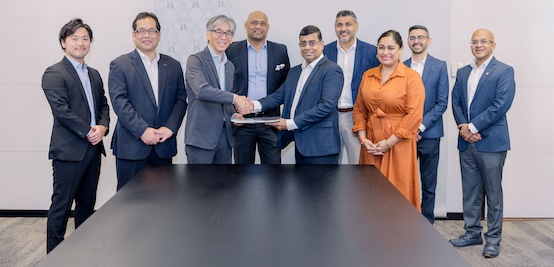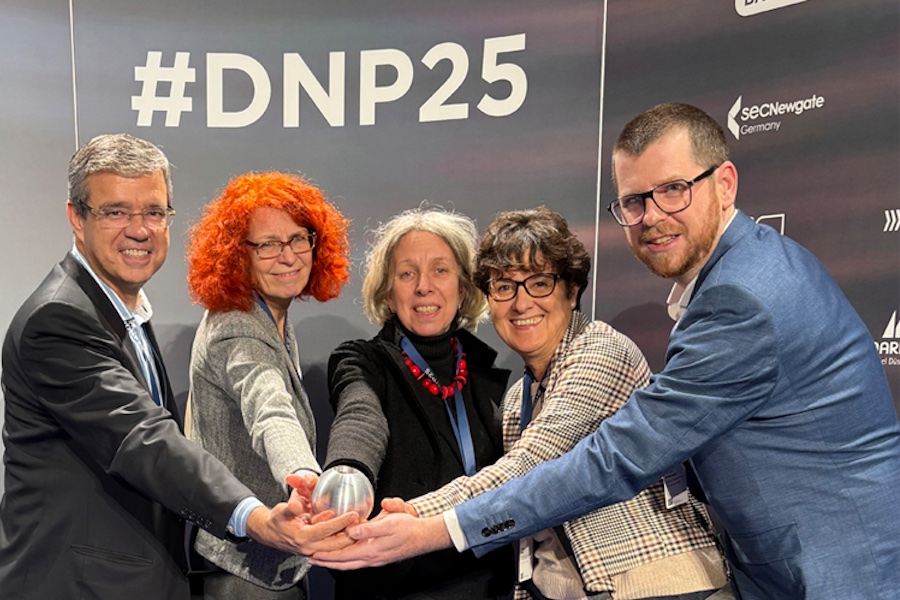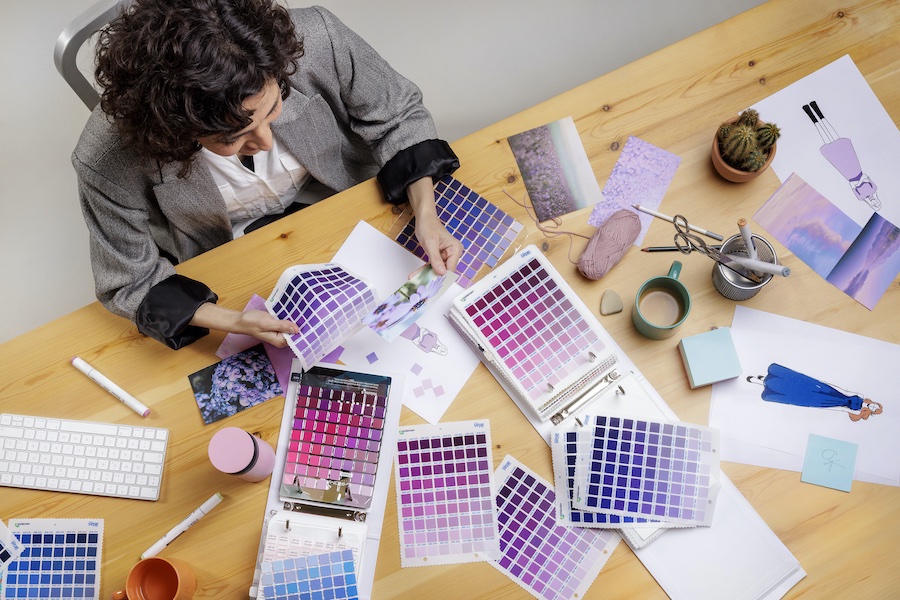#Textile chemistry
Toray unveils latest version of its breathable, disposable protective wear LIVMOA®

Toray is seeking to enhance the comfort of workers who are active in the field of regenerative medicine, which shows high growth potential, as well as in pharmaceutical manufacturing and other areas which require work to be performed in cleanrooms. Marketing in Japan for LIVMOA®CL is scheduled to begin in July 2019. In the future, Toray will also work to expand sales of this breathable and disposable cleanroom wear beyond Japan, with a focus on bringing it to Europe and the US.
Cell processing environments or pharmaceutical manufacturing environments require the use of disposable, nonwoven dust-free clothing that is well sealed and sterilized to prevent dust and bacteria of human origin from being brought into cleanrooms. The protective wear currently available on the market mainly consists of coverall-type garments produced overseas, but preventing dirt or other stains from adhering to conventional dustless clothing requires putting the garment on without letting it touch one’s hands or the floor, which is difficult and time-consuming. In addition, although such work is done in environments with strict temperature and humidity control, sweat can cause workers’ goggles to fog up, and such problems make it desirable to take effective measures against heat. Toray has therefore been working in collaboration with FBRI, which is home to a cell processing center, to develop a comfortable protective wear for use in cleanrooms.
LIVMOA®CL is distinguished by (1) the sterilization processing it undergoes and (2) its design consisting of upper and lower halves which can be put on easily. This sterilization processing—a first in the LIVMOA series—involves sterilizing the material using ethylene oxide gas. One characteristic of ethylene oxide gas sterilization is its ability to sterilize materials at lower temperatures than can be done with other sterilization methods, meaning that it is less likely to impair the properties of the fabric.
LIVMOA®CL features a three-layer structure, with our Toraymicron® material—a non-woven fabric made of ultra-fine polypropylene fibers imbued with electret (electromagnetic) properties—interposed between layers of polypropylene spun-bond fabric. This construction ensures that dust adheres to the inside of the clothing without escaping, while the fabric itself emits very little dust, resulting in the world’s first easily-worn protective clothing design made of separate upper and lower halves. Moreover, it delivers increased wearability by incorporating a packing method that allows the wearer to put it on without directly touching the outer surface. Although the highly breathable Toraymicron material is already effective in reducing dampness and dealing with other heat issues, in order to better meet the needs of workers in cleanroom environments, wear trials were conducted repeatedly at FBRI, and a series of testing and improvement cycles were run to develop this material.
As part of our core strategy for our Medium-term Management Program “Project AP-G 2019”, Toray is promoting business expansion in the Life Innovation field to contribute to easing the burden of workers in the medical profession. With the development of LIVMOA®CL, which is intended for improving the safety and comfortability of work environments, Toray is determined to further enhance both workability and physical comfort for medical practitioners.












